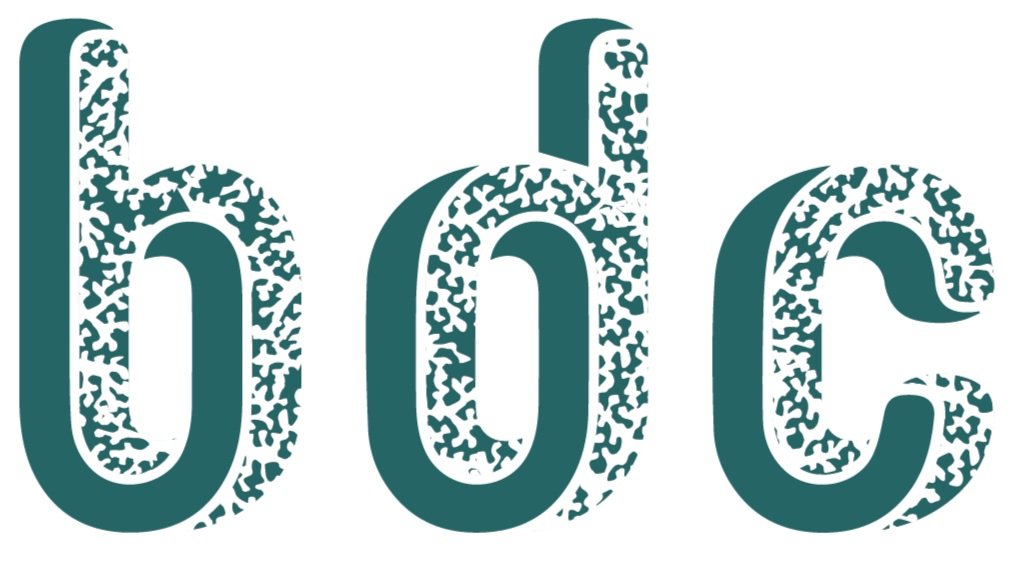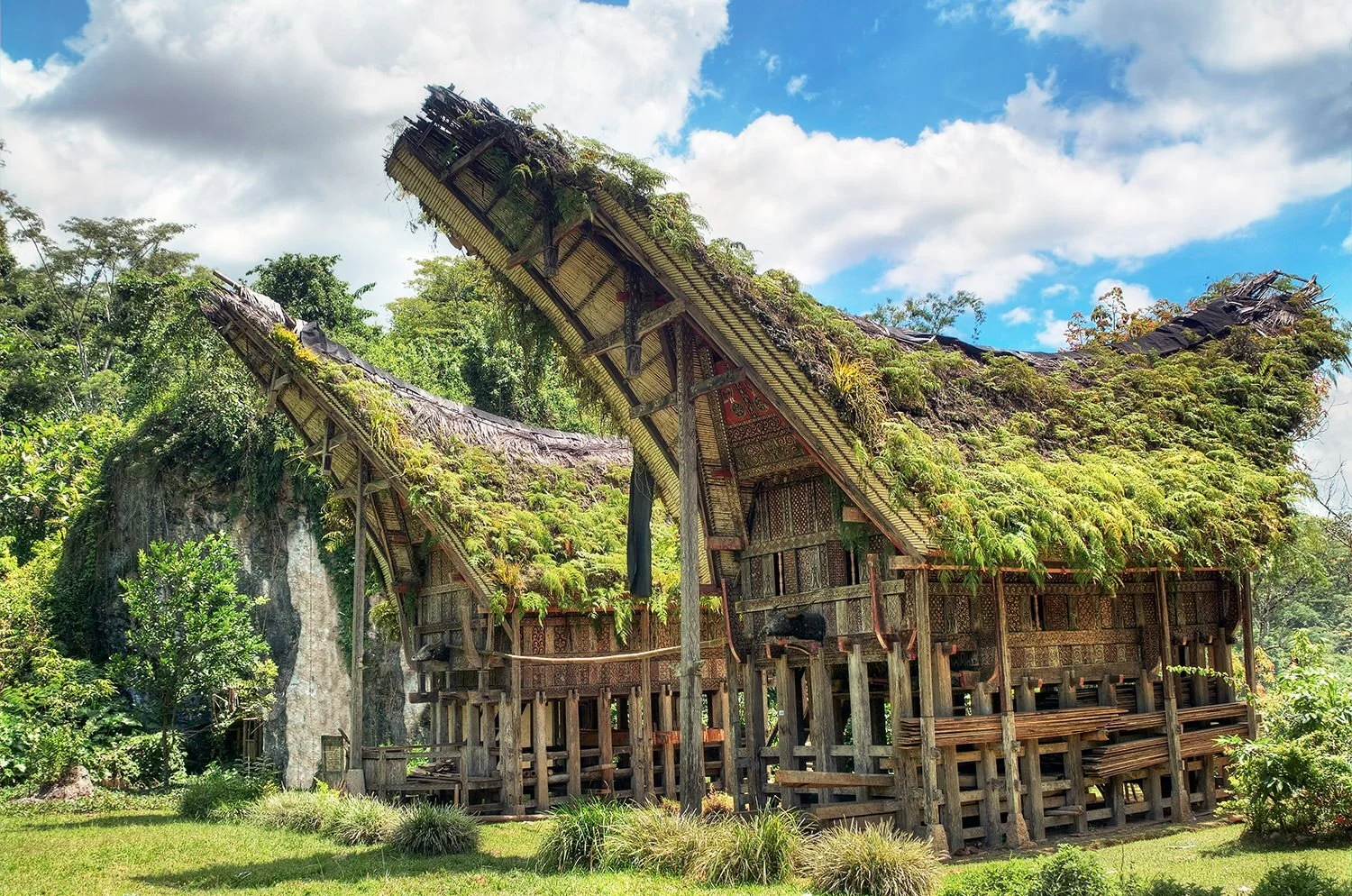Tria Amalia Ningsih, BDC 2019, RMIT
BDC Summit 2019, MoMA, NYC
Tria Amalia Ningsih is a BDC 2019 alumni from Royal Melbourne Institute of Technology. Her BDC project, Symbiome, proposes construction of an artificial mangrove to protect Jakarta from ocean flooding. Tria is cofounder of Exotecture, an architecture studio rooted in sustainability, bio-inspired design, and responsible architecture.
Her project, Decay Pavilion, is featured as part of London Design Biennale’s open call: “Design in an Age of Crisis: Radical Design Thinking.”
How did you learn about BDC and why did you take the course?
Before participating, I was building my science knowledge base, but I wanted to learn design from a different perspective. For me, this meant treating design objects as living creatures that breathe and grow, and ultimately die and decay. A year and a half after taking the BDC course, here I am: a self-proclaimed, biodesign-inspired architect and lecturer.
I now teach Building Technology, Environmental Design, and Digital Fabrication in the Department of Architecture at Universitas Indonesia. I am also a researcher in the technology cluster focusing on bio-based materials, building construction methods, and sustainable technologies.
Your project, Symbiome, is a superstructure that remediates the Jakarta ecosystem. What did the brainstorming and research processes look like for your project?
We were doing general research on mangroves. Then I shared a personal memory of fishing with my Dad in the northern shores of Jakarta, where mangroves once grew and my teammate Elaine, who actually lived near there, pointed out that today she only ever knew apartments and highrises there. She said that with no mangrove forest left, houses in the area flood every year. Sharing these memories inspired us to mimic the anatomy of mangroves’ intertwined roots through architecture.
Symbiome, 2019
How is biodesign viewed in Indonesia and other parts of Southeast Asia?
We definitely are not forward thinking on issues of biodesign, sustainability, and climate change in Indonesia. If anything, we are a regional contributor of irresponsible carbon pollution. When the pandemic happened, I had to come back to Indonesia. Since I’ve returned, it feels like I need to be the one who introduces biodesign to my colleagues and the public.
On the other hand, our culture has continued the tradition of vernacular architecture. Young designers are moving away from modern construction techniques and toward more crafts-based, locally sourced materials. Indigenous structures are built to be adapted for the challenges of the tropical climate. They typically have high ceilings and roofs and an open floor plan design.
Traditional houses called Tongkonan in Toraja, South Sulawesi, Indonesia | Photograph by Geri Dagys
What would you share with people starting to think about pursuing biodesign?
Funnily enough, my recommendation is to look internally, to your roots. Intimately exploring your own culture can reveal inspiration. In my case, I turned to the local tribes in Indonesia who create buildings from the vegetation, tools, and talents in their environment.
Just observing the life cycles of plants, insects, fungi, and lichens inspires me and influences my work. I like to think that even though they are different anatomically we are all part of a bigger system together.
Decay Pavilion, Tria Amalia Ningsih
What biodesign books do you recommend to your students?
Rachel Armstrong and her book about soft living architecture is really inspiring to me. Her talk at Future of Tech Week 2020 gives me hope that biodesign is becoming more closely integrated with architecture.
I am also a fan of Cradle to Cradle: Remaking the Way We Make Things by William McDonough and Michael Braungart.




